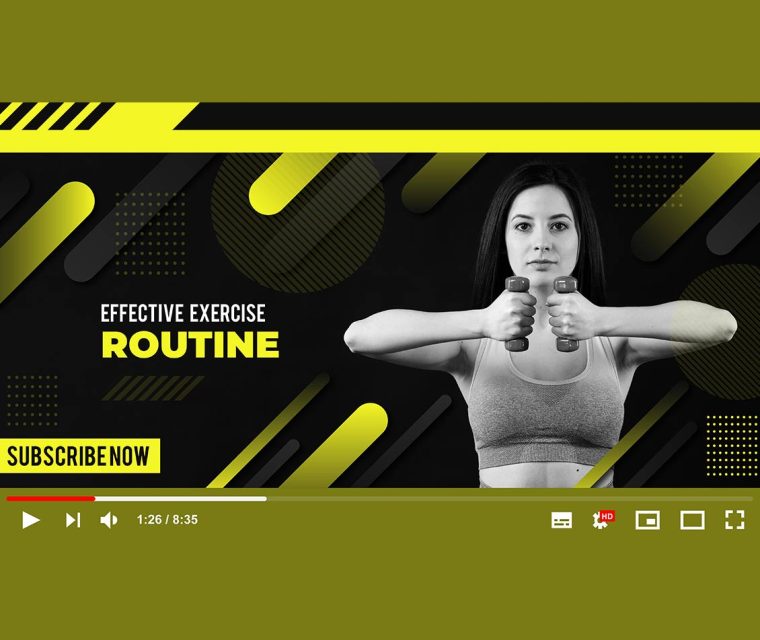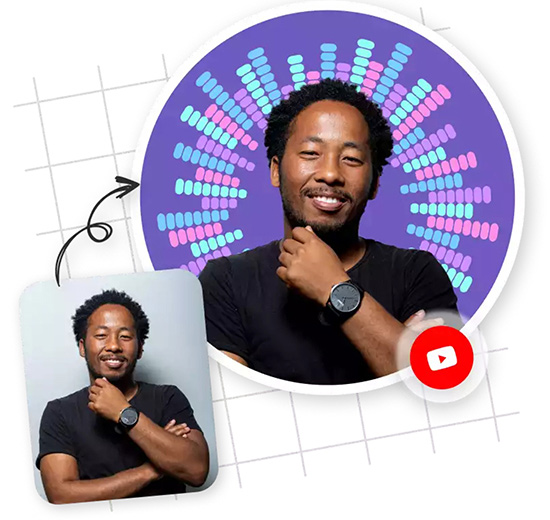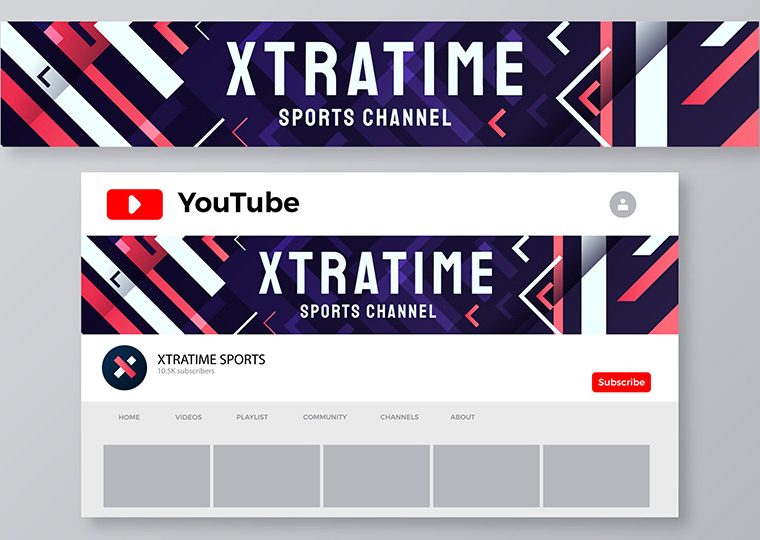
Social Media
Tiktok video editing
Creating and editing TikTok videos that go viral requires a mix of creativity, technical skills, and strategic optimization. Here are the key points to consider:
- Pre-Production: Planning Your Content
- Hook First: Grab attention in 0–3 seconds.
- Script/Outline: Even for casual videos, plan key beats.
- Trend Research: Use TikTok’s Discover Page or tools like TrendTok to identify viral sounds, hashtags, and formats.
- Filming Tips
- Lighting: Natural light or ring lights (avoid shadows).
- Stability: Use a tripod or gimbal for smooth shots.
- Angles: Eye-level for connection, overhead for tutorials, or dynamic POV shots.
- Audio: Record in quiet spaces; use external mics for voiceovers.
- Editing for Maximum Impact
- Pacing: Keep cuts fast (most viral videos use 1–2 sec clips).
- Text Overlays: Bold, short phrases synced to audio.
- Effects:
- Green Screen: For reactions or tutorials.
- Speed Ramps: Highlight key moments.
- Transitions: Wipes, zooms, or jumps cuts to maintain energy.
- Sound & Music:
- Trending Sounds: Use TikTok’s library (songs increase reach).
- Original Audio: Record clear voiceovers (boost volume over background music).
- Silent-Friendly: Add captions (50% watch without sound).
- Optimization for the Algorithm
- Captions:
- First line = hook.
- Hashtags: Mix niche + trending.
- Posting Time: Peak hours (7–9 AM or 5–7 PM local time).
- Engagement Bait: Ask questions or use polls.
- Thumbnail & Cover Frame
- Select a Freeze Frame: Most engaging moment.
- Overlay Text: Use Impact font + drop shadow.
- Post-Publishing Strategy
- Engage Fast: Reply to comments in the first 30 mins (boosts visibility).
- Cross-Promote: Share to Instagram Reels or YouTube Shorts.
- Analytics: Check watch time and audience retention (optimize weak spots).
- Common Mistakes to Avoid
- ❌ Slow starts (viewers scroll past if bored).
- ❌ Over-editing (too many effects distract).
- ❌ Ignoring trends (using outdated sounds/formats).






